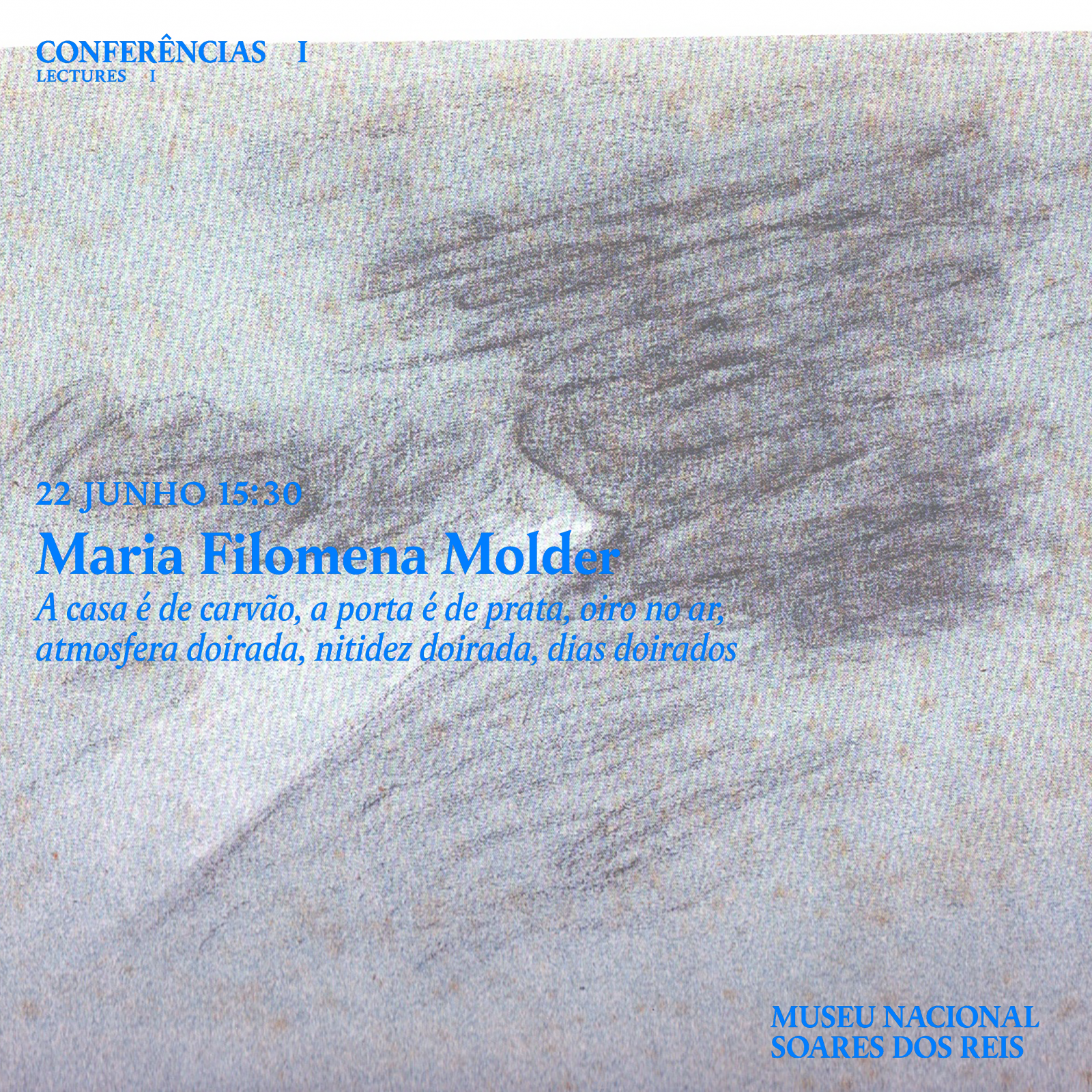My trade is words; without them, there are no concepts. It is no coincidence that logos, the critical ingredient in the invention of philosophy, means word (the first of its uses).
E. R. Curtius taught me that logos can translate everything, i.e., by reading a dialogue by Plato, we learn many things about the city of Athens, including what goes on in the amphitheaters, the temples, and even on the soul’s journey after death. On the other hand, it will not be possible to reconstruct any of Plato’s dialogues through architecture (or any other art).
On the other hand (the master is Giorgio Colli), there is no better way to get to know the spirit, the energy of a culture that has already disappeared – the example is Greek again – than to enter a ruined temple. Sovereign here is the living interplay between body and space.
From the artists’ words, a middle path is engendered, and the logos, put at the service of a domesticated wild animal (bow to Wittgenstein), undergoes a surprising metamorphosis. Hence, the images in Álvaro Siza: a house with its skeleton, its heart, its lungs. They meet Chillida’s feeling of seeing inside Santa Sofia Bach’s lungs contracting and expanding. Perhaps this is how the Baroque is summoned.
Time: 60 min.
Soares dos Reis National Museum Auditorium
Free entry registration here
Drawing by Goethe, 1816, black and white pencil on blue-grey paper, original 20.7 x 34.8 cm, apud Catalogue Johann Wolfgang von Goethe Paisajes, Círculo de Bellas Artes, Madrid, 2008.
Maria Filomena Molder Biography
Maria Filomena Molder is Emeritus Professor of Aesthetics at the Universidade Nova, Lisbon. Member of the Institute of Philosophy of Language (IFILNOVA). She was a visiting professor at the École des Hautes Études en Sciences Sociales (1995 and 2011) and member of the Scientific Council of the Collège International de Philosophie, Paris (2003-2009). She writes about problems of aesthetics, in terms of knowledge and language, for philosophy, literature, and art magazines. Her latest publications include O Absoluto que pertence à Terra (The Absolute that belongs to the Earth) (Edições do Saguão, 2020) – Jacinto do Prado Coelho Essay Prize 2021. Três Conferências I – Lança o teu Pão sobre as Águas (Three Lectures I – Cast your bread over the waters) (Edições do Saguão, 2021). Palavras Aladas. Conversas em torno do Desenho com Cristina Robalo (Winged Words. Conversations around Drawing with Cristina Robalo) (Documenta, 2022). She edited Fernando Gil. Paisagens dos Confins (Fernando Gil. Landscapes from the Borders) (Edições Vendaval, 2009), Morphology. Questions on Method and Language (Peter Lang, 2013) and issue 68 of the magazine Rue Descartes, “Philosopher au Portugal Aujourd’hui” (2010).
***
Projecto de Investigação Científica e Desenvolvimento Tecnológico no âmbito da Arquitetura de Álvaro Siza Vieira FCT: SIZA/CPT/0021/2019
Financed by:
FCT, Ministério da Ciência, Tecnologia e Ensino Superior; Ministério da Cultura; FAUP; CEAU.
Supported by:
Museu Nacional Soares dos Reis; Fundação de Serralves; Fundação Calouste Gulbenkian; CCA; Drawing Matter; Casa da Arquitectura; Fundação Marques da Silva, Irmandade dos Clérigos and Conservatório de Música do Porto.

